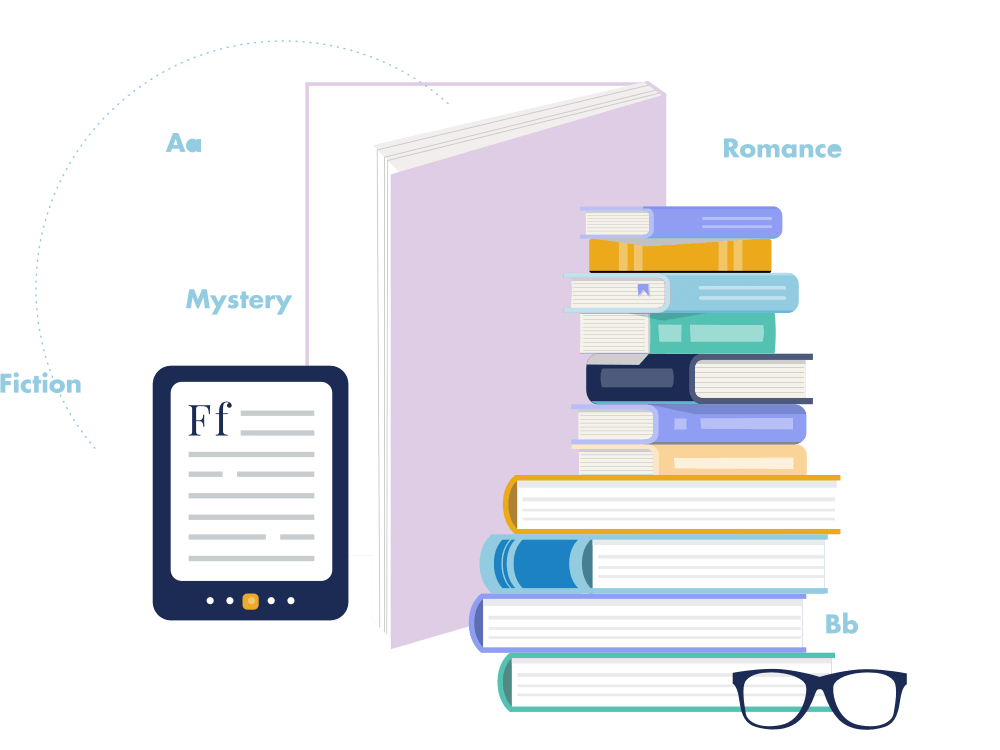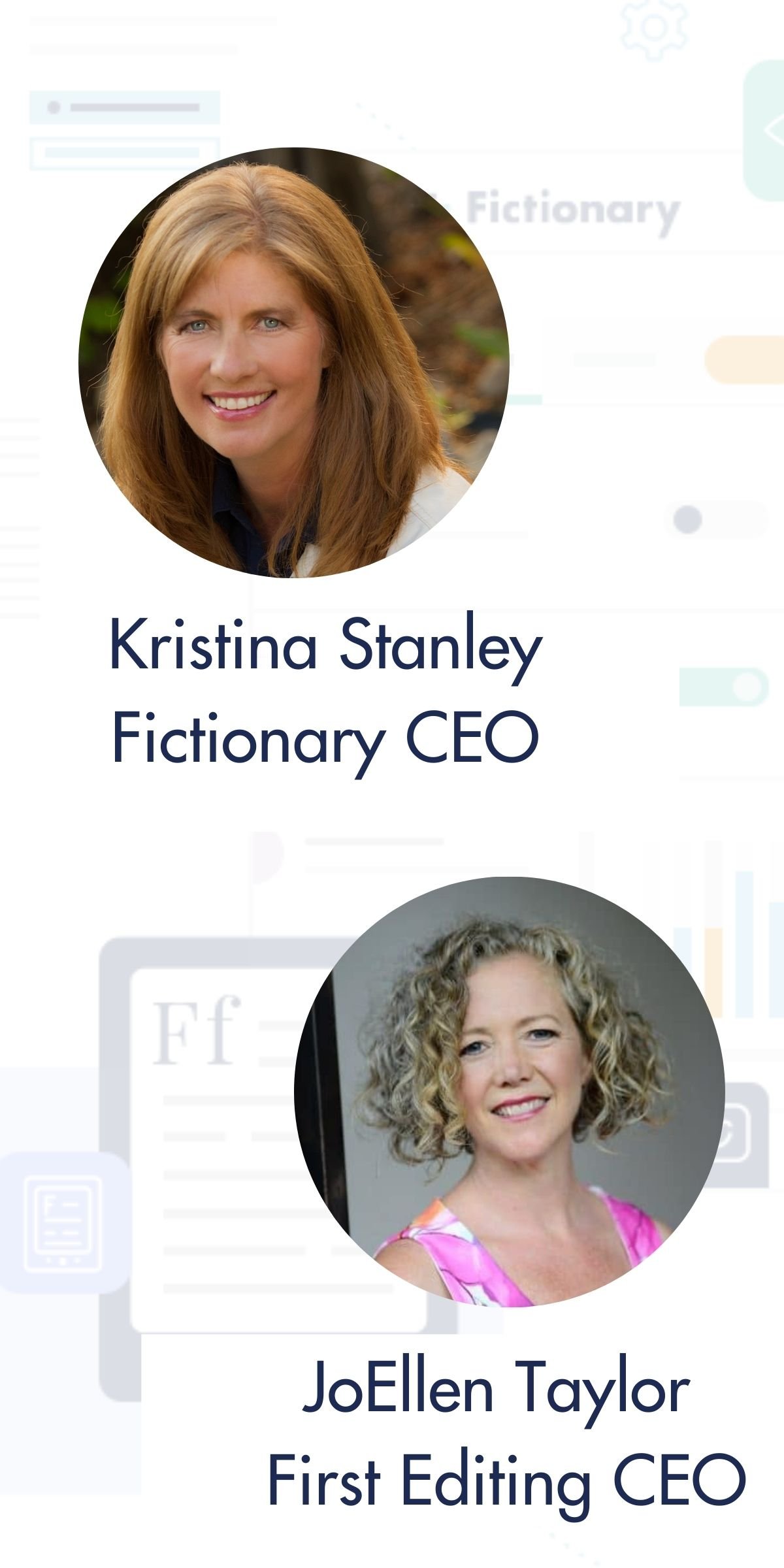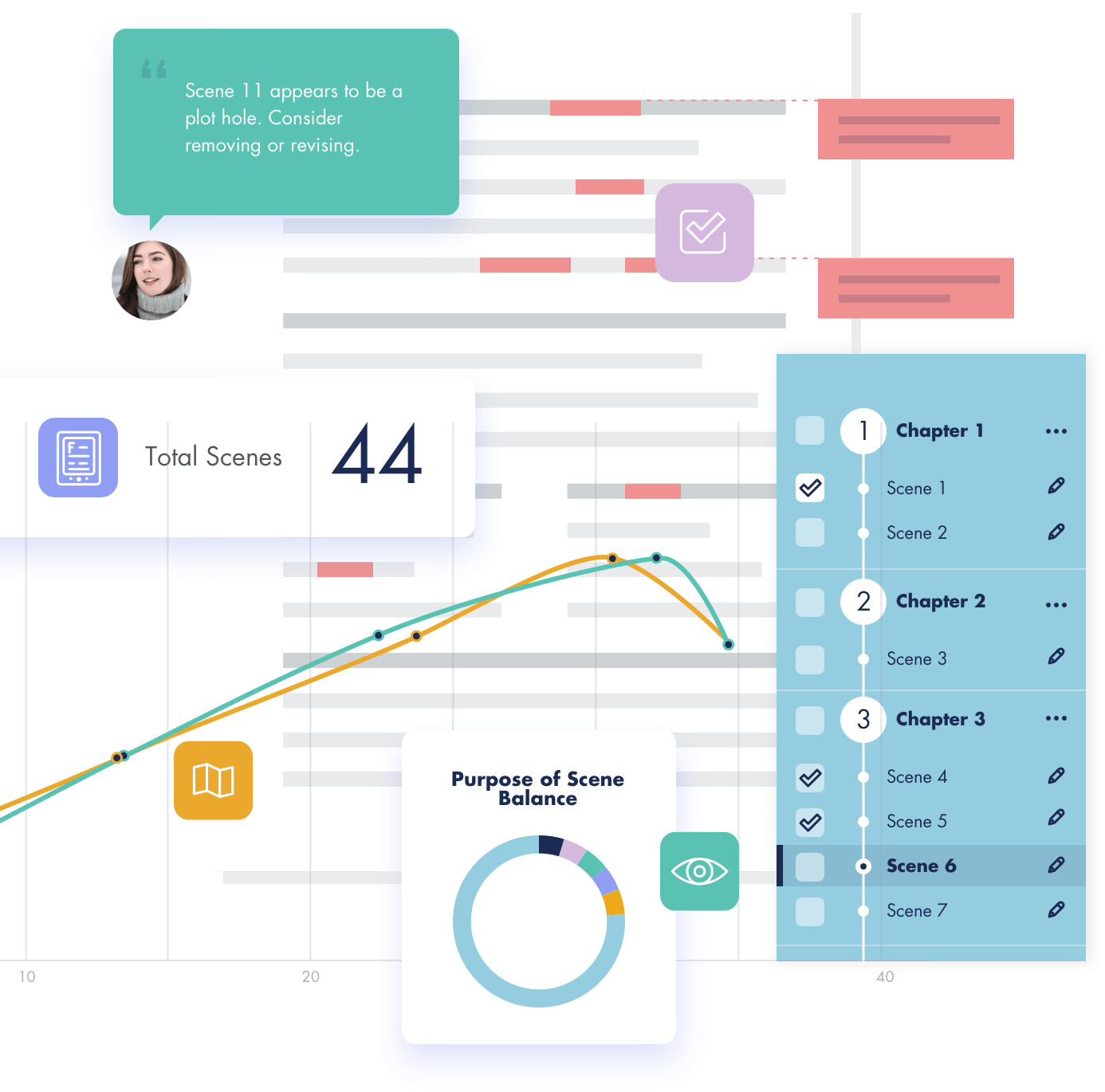
Story Element #6
What if POV Character Goal Fails?
Each POV character must have a goal for every scene where they are the POV character. We look at the reasons why a writer or editor must know what the consequences are IF the character fails to achieve the goal and why this is important.
Next Story Element: Scene Impact on Characters
![]()
Rather read than watch?
Video Transcript
JoEllen:
My name is JoEllen. And today again, we have Kristina Stanley from Fictionary joining us as we go through the 38 elements of a fiction story and discuss how you can improve your writing as both a writer and as an editor.
So we’ve been covering all the different points of view and the different internal goals, external goals relating it to plot. So this week we want to dig in a little bit further and let you cover and catch us all up. But what if the goal fails? So this is what we’re looking at today.
Kristina, take us into the story and tell us a little bit about our point of view goal and how it affects when we find failure.
![]()
How do you write a character goal?
Kristina:
Okay, terrific. So if you haven’t seen the previous videos, they’re all short and you can go back and have a quick review of what the point of view goal is, if it’s external, internal, if it’s related to the plot.
So with all of that in mind, the next question to ask yourself about these goals is what’s going to happen?
If the main character fails at the goal or the point of view character fails at the goal. So it’s related to both and in each scene, the point of view character may or may not reach the goal.
And as a writer, even if the character does reach the goal, it’s important to understand what’s at stake if they don’t, because if there’s nothing at stake, whether they reach it or not, the reader’s not going to care and you want your reader to care. So that’s point number one.

![]()
Story Elements must work together
JoEllen
I think it’s all about tension, right? I mean, it’s about making sure we’ve got enough conflict and insecurities there to keep turning the pages.
Kristina:
Right. And that’s a very good point.
So if there’s a feeling, so advice that could come from an editor, so if there’s not enough tension in a scene, this may be why. And so what you want to be doing either as the writer or the editor, you want to be thinking about all the ways that a character could fail at achieving this goal, and you want to put obstacles in their way, so it’s really hard for them, even if they achieve it has to be hard.
And you also want to understand how the character feels about failing or achieving their goals, because your sequel scenes will come out of that, on how they’re going to react, whether they failed or whether they succeeded.
JoEllen:
Right, right. So it really changes their overall storyline there. So how do we go in today? And we dig in and just determine if it’s going to fail or not, and how it’s working.
What’s the advice to somebody who’s writing or working as an editor?
![]()
What are the scene consequences?
Kristina:
This is a little bit easier, I think, for a writer to see than some of the other elements, because by this point in the revision process, they know what the goal is. And so that’s pretty clear to them. And when you know what the goal is, and you know your protagonist or your point of view character, if they fail, what’s the consequence. And if you can’t think of one, there’s a problem with that goal, and the goal needs to be changed right?
On an editor side, this is where you can look at this element. So if you start skimming either you’re tired and you’ve been working too long that day. So stop working on, come back to it later, do something else for a little bit, or the scene has no tension.
And this is a great place to look to see why doesn’t a scene have tension, because the editor must tell the writer, not only this scene, lacks tension, but why. And so I love to recommend looking at this element and see what’s the goal. And is it related to the plot? And then what happens, whether it fails or not, what happens if it did fail?

How do I determine my character’s goal?
JoEllen:
Right? So I think it’s an evaluation that we need to figure it out and have that discussion as the writer to figure out what was our goal, which is the point of view goal, but what was our goal? And the editor can put it back to the writer in their notes per scene. They can say, you know, for me, the scene lack tension. And one of the things I’m concerned about is that they don’t seem to be any consequences if the character feels at this school.
Kristina:
So here’s an exercise for you as a writer, is to go away and think about what can I put into this story that makes us have consequences? Or how could I change the goal so that there are consequences if the character does fail.
And then the last thing I want to say about this is there needs to be a mixture of succeeding and failing, right. If a character always succeeds or succeeds too quickly, that’s boring. And if they always fail, it’s a bit depressing. And the reader will think, well, what’s the point of cheering for this character. They never get anything.
There needs to be little wins in there, but not so many that the reader thinks they’re just always going to succeed again. It’s coming back to that balance. That’s the dance that the writer and the editor does is finding that balance with your story of how to tie it all together. But I’m looking down at these small details. I really think that helps.
JoEllen:
So we have a lot of the point of view is very huge and, realizing that everything that’s happening in your book either contributes or takes away. And that’s what we’re looking at now. So this is really good. 38 Elements of Fiction writing. Thank you so much for joining us again this week.


